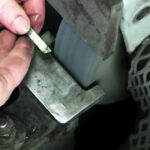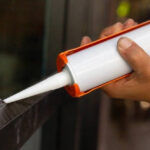Achieving a clean and professional finish with silicone sealant depends on having the right tools and materials. Whether you are a contractor working on large-scale projects or a DIY enthusiast tackling home improvements, the right equipment ensures a smooth and precise application. Proper tools help improve efficiency, minimise mess, and create a neat, long-lasting seal. From preparation to finishing touches, each step requires specific accessories to achieve the best results. Understanding which tools to use will make the process easier and enhance the overall quality of your work.
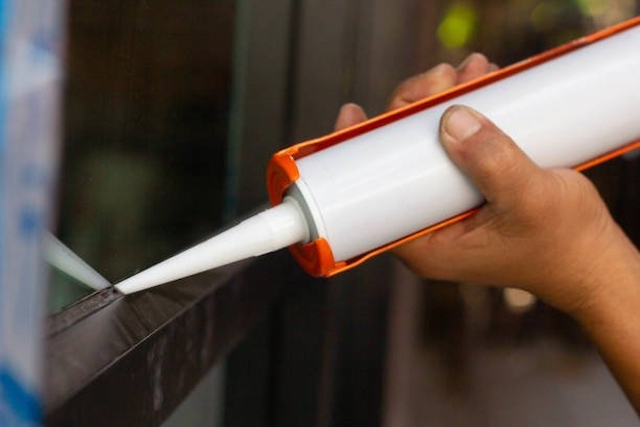
Caulking Gun
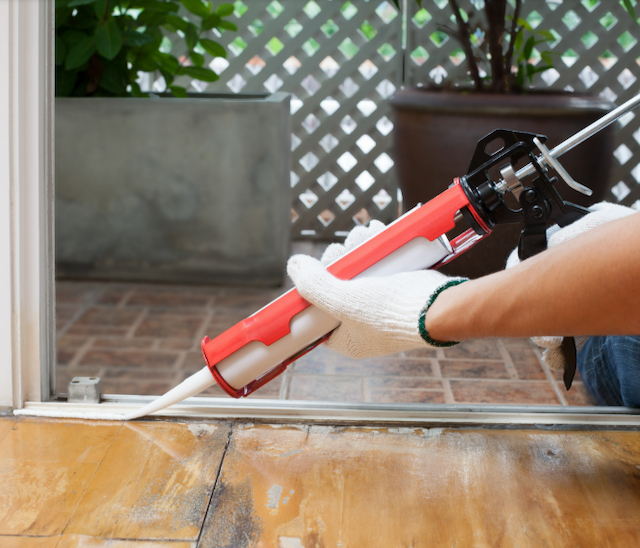
When working with silicone sealants, a caulking gun is the most crucial tool in your kit. Whether you’re a professional contractor or a DIY enthusiast, this tool is essential for getting the job done right. The caulking gun allows you to apply sealant precisely, without making a mess, ensuring every corner and seam gets a clean, even finish. Without it, the process can be frustrating, time-consuming, and pretty messy.
When shopping, look for reliable caulk guns designed for professional use. Choose one that’s built to last, feels comfortable in your hand, and is easy to operate. The most common type of caulking gun is the manual version, which works with a simple trigger to control the flow of sealant. This type is perfect for most jobs, whether you’re sealing around windows, and doors or even filling cracks in the kitchen. Look for a model with a sturdy frame, a comfortable grip, and a smooth trigger action to make your job more manageable.
For more advanced tasks, consider a ratchet or pneumatic caulking gun. Ratchet guns are ideal for tight spaces as they give you better control over the sealant flow. On the other hand, pneumatic caulk guns are powered by compressed air. They are suitable for high-volume work where precision and speed are key.
Caulking guns come in different price ranges, so you can find one that suits your budget. For home use or small DIY projects, a more budget-friendly version will serve you well. However, if you’re a professional tradie or plan on using the caulking gun frequently for bigger, more demanding jobs, investing in a higher-end model is worth it.
Whatever you choose, having a reliable, high-quality caulking gun makes all the difference. It’s the tool that ensures your sealant goes exactly where it needs to, so you don’t have to deal with uneven lines, wasted product, or time spent cleaning up the mess. With the right caulking gun, you’ll be on your way to a smooth silicone sealant application.
Sealant Smoother
A sealant smoother is another must-have for achieving a flawless finish. It helps refine edges, creating a professional and even seal without the hassle of messy adjustments. The best ones have an ergonomic handle for better control, making the job easier and ensuring consistent results.
If you don’t have one on hand, a putty knife can also work, though it requires a bit more effort. To get the best finish, apply steady pressure and work in a continuous motion.
Sealant Removal Tool
A sealant removal tool is essential for proper surface preparation before applying new silicone sealant. You can also use a utility knife, but since old, mouldy, or excess sealant can be hard to remove, a specialised removal tool offers a more efficient alternative. It clears surfaces without causing damage, creating a smooth base for fresh sealant.
If errors occur during application, this tool allows for precise corrections to achieve a professional finish. Keeping a removal tool in your kit can save you time and effort while improving the overall quality of the sealant application.
Nozzles
Nozzles are another must-have addition to your toolkit. They control the flow of silicone sealant, allowing you to create a precise and even application. The right nozzle allows for a smooth finish while preventing a mess.
While not necessary for shaping, nozzles keep the sealant soft and stop blockages that could slow down the job. Having spare nozzles on hand is useful when working on different areas or if one becomes blocked.
Quality Silicone Sealant
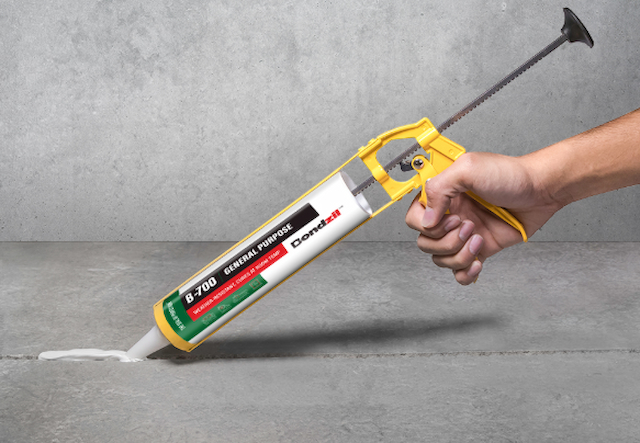
A quality silicone sealant is essential for achieving a smooth, durable finish. The right sealant ensures strong adhesion, flexibility, and resistance to environmental factors, preventing cracks, leaks, and early wear.
Choosing the right type depends on the project. For bathrooms and kitchens, a mildew-resistant sealant prevents mould in damp conditions. For areas exposed to high temperatures, such as around ovens or heating systems, a heat-resistant sealant is the best option.
If you work on various projects, it’s a good idea to keep different types of sealants in your toolkit. Always check the label for features like waterproofing, UV resistance, or flexibility. A sealant that suits the specific conditions of the job will last longer and maintain a professional appearance.
You should also look for sealants from reputable brands, as cheaper options may lack durability and require frequent reapplication. Matching the right sealant to the job not only improves the finish but also reduces maintenance and repairs in the long run.

